While Valve didn't completely block the ability to buy games through the Steam Link app leading to its disapproval, Apple's decision to deny Valve's Steam Link iOS app from the App Store for 'business conflicts' is shortsighted.
Earlier this month, Valve announced it would be releasing an iOS app called Steam Link, one that would allow gamers to play titles installed on a Mac or PC from the Steam marketplace on their iOS device. Effectively, It is an extension of Steam's existing In-Home streaming feature, which lets a lower-powered computer run a game on a more powerful host desktop, streaming gameplay across the network, but in this case the mobile devices are the clients.
The compatibility with the Apple TV also offered the possibility of the app turning Apple's set-top box into something closer to a current-gen game console. Equipped with a Steam Controller or another MFI accessory, this stood to expand the user's game library accessible from the living room, short of dragging their desktop computer into the room and hooking it up to the TV.
All seemed normal until Thursday, when Valve issued a statement advising the Steam Link app would not be released for the moment. It turns out that, while Apple had approved the Steam Link for release on May 7, two days before Valve's announcement, Apple revoked approval for the app the following day.
Meanwhile, the Android version of Steam Link is available to download from Google Play right now.
Few clues were provided by Valve or Apple about the sudden change of heart, but the statement does note Apple cited "business conflicts with app guidelines that had allegedly not been realized by the original review team."
Purchasing Problems
It is highly probable that these "business conflicts" relate to Apple's dislike of third-party storefronts. While the review guidelines do expressly give permission for apps to access content previously purchased from another storefront, as well as consumable items from multi-platform games, these "reader apps" must not attempt to "directly or indirectly target iOS users to use a purchasing method other than in-app purchase."
This rule is in place so that Apple can earn its 30 percent cut from transactions. If the purchases are performed elsewhere, such as in the Steam storefront, Apple would not stand to earn revenue from that transaction at all.
There are some exceptions to this rule, allowing apps that deal with cryptocurrencies, physical goods and services, and some other categories to perform transactions without needing to go through Apple first. Buying content from Steam certainly doesn't qualify under these exceptions at all.
For an app that has a main focus on allowing gamers to play games over the network, the logical solution is for Valve to remove the ability to buy things from the app.
Valve spokesman Doug Lombardi told Reuters the iOS app was disabled from being able to purchase goods through the service, though did not explain how this was performed. This is certainly viewable as an attempt to abide by Apple's rules for acceptance.
However, there are still ways around these restrictions from inside the app.
Plugging Holes
AppleInsider's testing of the Steam Link app reveals that, while you can access the store page for individual games, the app refers the player to their computer to actually buy it, instead of doing so via the app. Free games are capable of being downloaded to the host computer via a "purchase," but paid apps are prevented from having the same treatment.
For many users, this would be enough to either make them go to their Mac or PC and buy it from there, or move on to another game they already own. The most direct route is blocked, but alternate avenues are still open.
In further tests, we discovered that the "Big Picture Mode," an interface for accessing Steam using a controller, can be closed in such a way that it allows access to the main Steam menu system. Through this, it was found a purchase of a game is possible, as the usual purchase and payment options appear instead of a message blocking access.
We also discovered that it is still possible to buy items in Big Picture Mode, by leaving it within the menu system then manually returning. It appears that a check is made when Big Picture Mode is launched to see if Steam Link is being used, which then puts the purchase blocks in place, but the same check isn't performed when the mode is invoked in the same session.
If these are fixed, another long workaround would be to use the "Add a non-Steam Game" option on the host machine to add a web browser. As the browser can be streamed like any other game or app through In-Home Streaming, and it isn't affected by the purchase blocks, it would still allow a user to log into their Steam account and buy items from the store.
As Valve are at least making an effort to abide by the App Store rules regarding purchasing restrictions, with the vast majority of potential users likely to be turned towards their desktop to make the purchase instead of going the long way, this should be acceptable to Apple. If making third-party store purchases is the problem, Valve certainly has the means and the ability to prevent this from happening, and it should appear in the storefront soon enough.
Relaxed Policies
Apple really shouldn't have any worries about the Steam storefront anyway. Sure, it's theoretically competition for its own Mac App Store, but for iOS, there's no real reason to prevent users from making Steam purchases in the first place.
If I want to buy a game from Steam that is definitely not available on iOS, this purchase is not denying Apple from revenue for App Store products, as the item doesn't exist on that platform at all. Regardless of whether I were to buy it on my Mac, or the iOS app if it were hypothetically allowed in the first place, Apple would not be receiving its 30 percent cut from either transaction.
As many of the games available on Steam are not offered on iOS in their original form, Apple won't be earning revenue from this catalog in the first place. Preventing the ability to buy this content that cannot be acquired through Apple's preferred transaction method, despite Apple fundamentally not benefiting from it at all, seems like an abusive policy from a consumer standpoint.
As a way to allow iPhone and iPad owners to get more content to consume on Apple's hardware, and potentially making the Apple TV look more attractive to buy as a quazi-current game console, Steam Link is a fantastic prospect. It is a pro-consumer service that minimally burdens Apple by hosting it in the App Store, and outside of app updates, doesn't consume any other Apple resources.
It's arguable that this consumer-friendly situation could allow Apple to reconsider its standing on third-party storefronts, at least in a limited number of cases. Certainly, the rules are there to protect the customer from potential fraud, as well as to allow Apple to earn revenue, but since this is Apple's clubhouse anyway, it has the power to make exceptions.
It is also worth Apple considering how fair the stance is to Steam when the same third-party store rules could easily apply to other apps. While not directly enabling purchasing, the VNC Viewer app and Chrome Remote Desktop allow practically anyone to access another marketplace on a different computer, but are listed in the App Store without issue.
There's also the more direct example of R-Play, an app that provides similar functionality as Steam Link but for the PlayStation 4, in lieu of an official app from Sony. It streams games over a network from the PlayStation 4 to an iPad, complete with the ability to access the on-console game store, with nothing to block access at all.
Considering VNC-style remote desktop software and the console-to-iPad app's existence on the App Store, it makes Apple's decision against Steam a bit too harsh.
Ultimately, Apple should not look at Valve as a competing storefront attempting to steal customers, as the developer is making the right noises and attempting to do the right thing. Instead, Apple should recognize that it wouldn't be earning revenue from Steam even if Valve followed the rules to the letter, and strongly consider allowing the app through in its current state anyway, with the promise of continuing to work on restricting transactions.
Doing so would be beneficial to iPhone and iPad users who game. It would be pro-consumer. It would make Apple appear in a more favorable light to the PC and Mac gaming community.
It will also allow me to play "Rocket League" on an iPad in the kitchen, and that's a result I'd be happy with.
 Malcolm Owen
Malcolm Owen

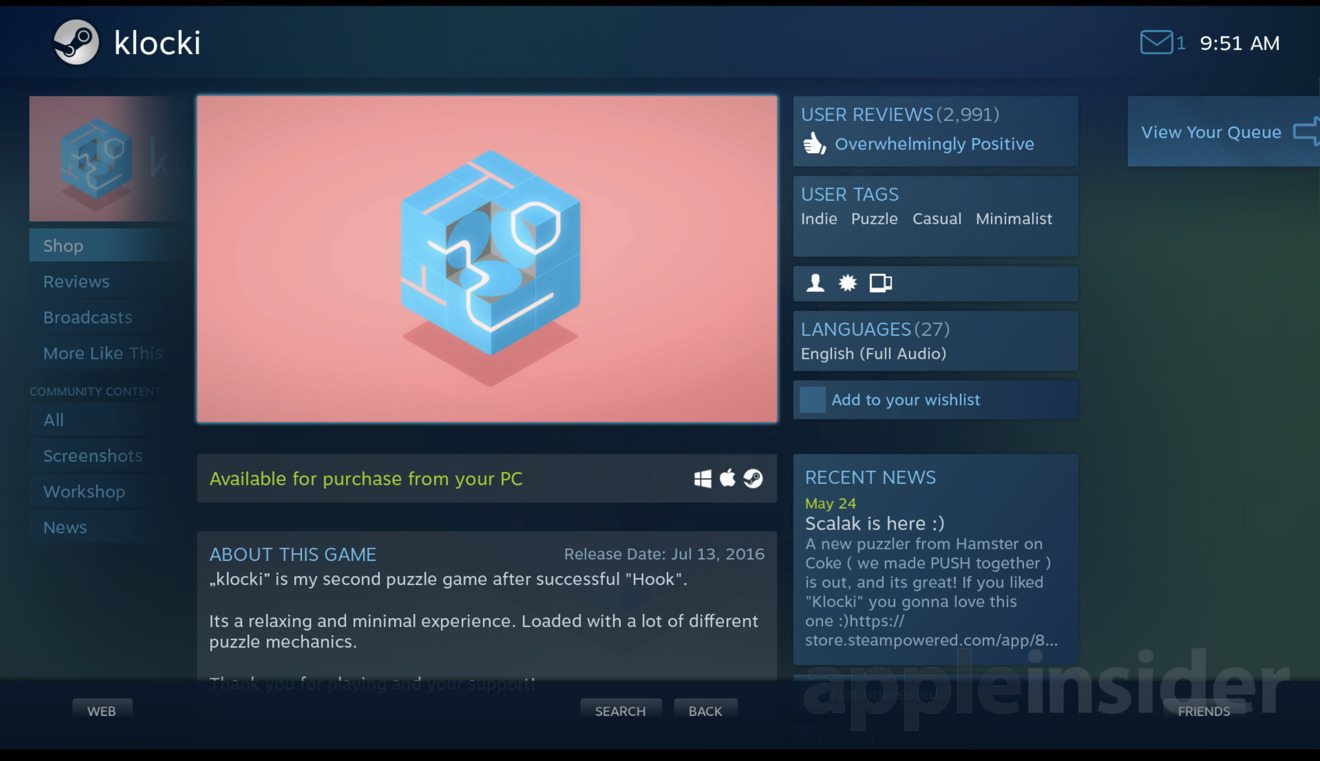
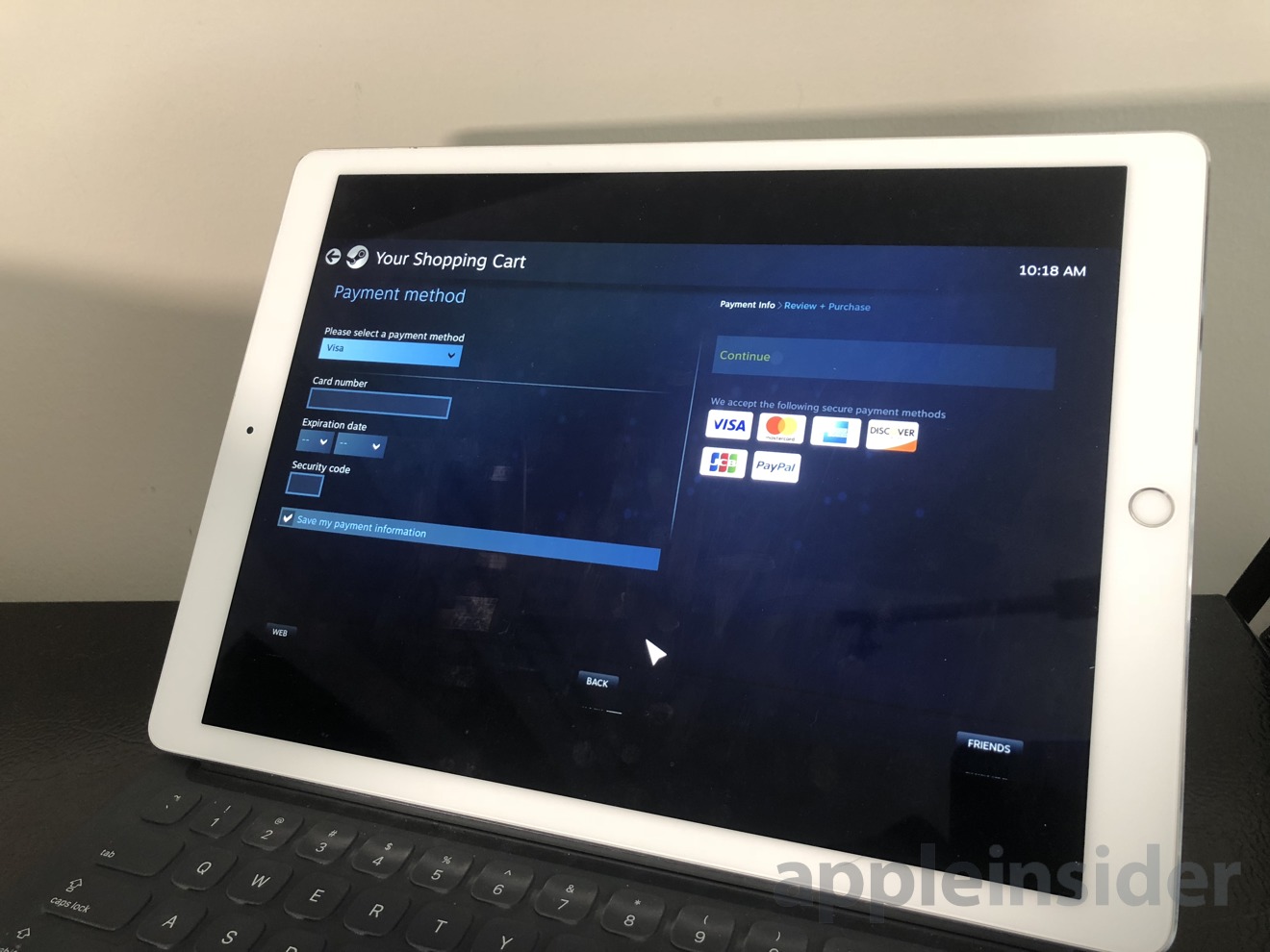
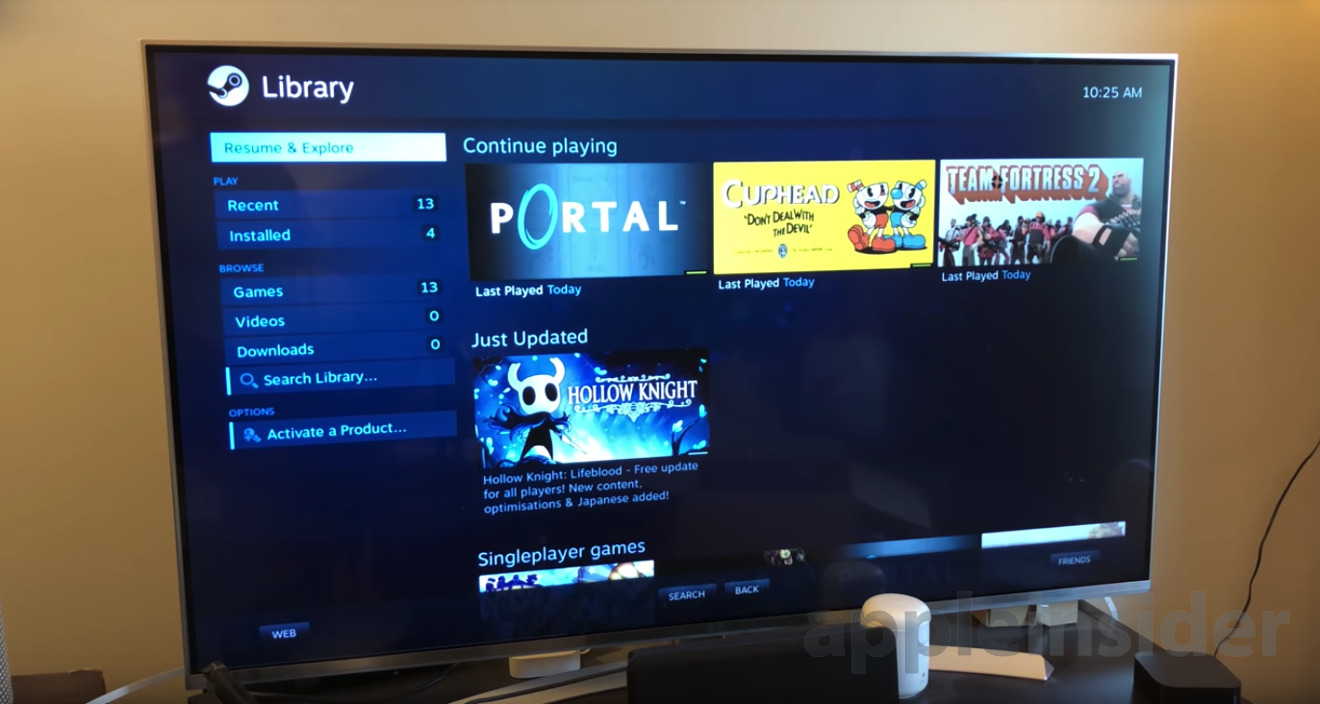








-m.jpg)






 Andrew Orr
Andrew Orr
 Amber Neely
Amber Neely
 Marko Zivkovic
Marko Zivkovic
 William Gallagher and Mike Wuerthele
William Gallagher and Mike Wuerthele

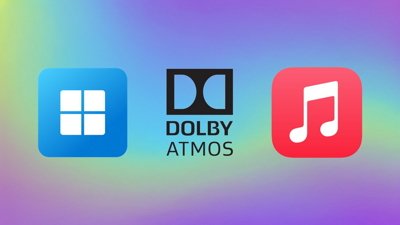

 Mike Wuerthele
Mike Wuerthele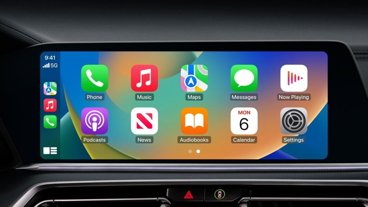








43 Comments
This whole article is about you being happy? By being able to play rocket league on your iPad in the kitchen?
Excellent overview thank you. Hopefully Apple and Valve can work this out.
All they have to do is follow the rules. Their individual problems as developers are not Apple’s fault.
Apple's Store, Apple's rules. Simply comply. Problem solved.